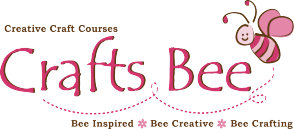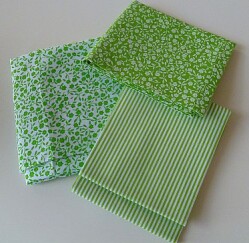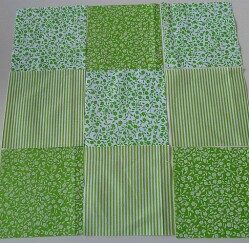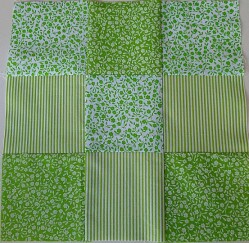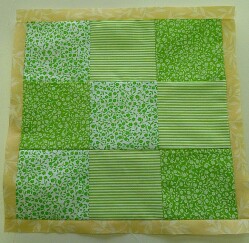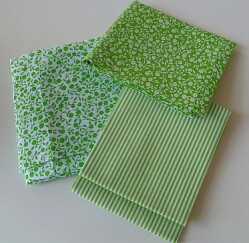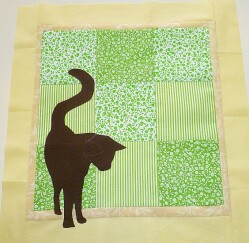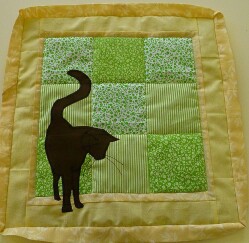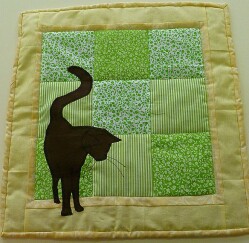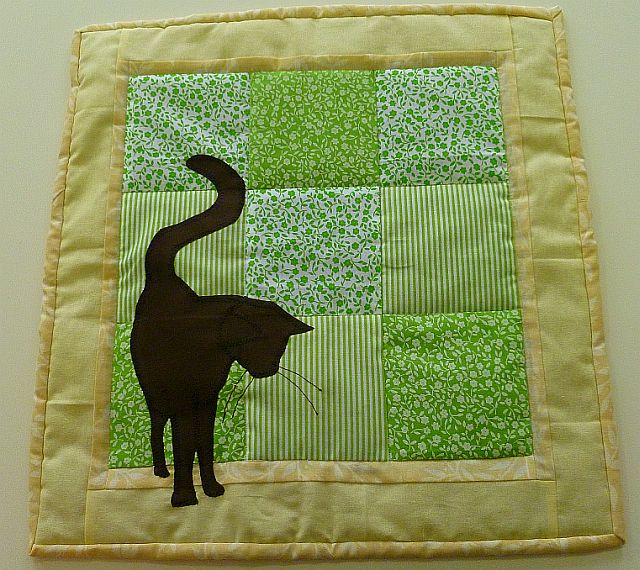Quilting. What is quilting, can a beginner quilt and other questions? A number of people on our Learn to Sew Class ask if quilting if they can do a quilting class or is it too difficult? The answer is yes it is a great next step for beginners and those with sewing experience that want to […]
Add To CartQuilting – What is it, can a beginner quilt, and other questions.
00Quilting. What is quilting, can a beginner quilt and other questions? A number of people on our Learn to Sew Class ask if quilting if they can do a quilting class or is it too difficult? The answer is yes it is a great next step for beginners and those with sewing experience that want to try something new. There seem to be lots of terms thrown about with quilting and, to a beginner, it is confusing as to what they all mean. What actually is quilting, how does patchwork fit into it and what is appliqué? My first proper experience of quilting was a few years ago when, with the help of Regan, one of our quilting tutors, I made a small wall hanging. Prior to this my first and only experience of patchwork was at school making a small patchwork tortoise. It seemed to take ages, cutting all the pieces out, laboriously tacking them together then hand stitching them all to make a very un-tortoise looking tortoise that was promptly put to the back of the cupboard and ignored. With this at the back of my mind I was slightly worried but, having seen the beautiful work Regan produces, I knew there must be much more to it. The first thing to do was choose my material. This did take a while trying out different colour combinations. But eventually I decided on green as the colours looked fresh and lively together. Dreading the cutting out, and remembering how long it used to take, I found out that cutting out is now done with a rotary cutter! After a little bit of practice I got going and within a few minutes my squares were perfectly cut and ready to sew together! This is the point at which I needed to work out how patchwork fits into quilting and what actually is quilting. Quilting is stitching together three layers of fabric. The bottom layer is underneath the quilt so is not generally on view, the middle layer is the wadding and the top layer is normally made up of patchwork blocks with a border. The three layers are stiched together and the stitches form a decorative pattern. This still left appliqué to be explained but more on that later. The patchwork squares were pinned together and then quickly and easily stitched together on the machine without tacking. With memories of the tortoise now firmly forgotten it was...
Quilting.
What is quilting, can a beginner quilt and other questions?
A number of people on our Learn to Sew Class ask if quilting if they can do a quilting class or is it too difficult? The answer is yes it is a great next step for beginners and those with sewing experience that want to try something new.
There seem to be lots of terms thrown about with quilting and, to a beginner, it is confusing as to what they all mean. What actually is quilting, how does patchwork fit into it and what is appliqué? My first proper experience of quilting was a few years ago when, with the help of Regan, one of our quilting tutors, I made a small wall hanging.
Prior to this my first and only experience of patchwork was at school making a small patchwork tortoise. It seemed to take ages, cutting all the pieces out, laboriously tacking them together then hand stitching them all to make a very un-tortoise looking tortoise that was promptly put to the back of the cupboard and ignored. With this at the back of my mind I was slightly worried but, having seen the beautiful work Regan produces, I knew there must be much more to it.
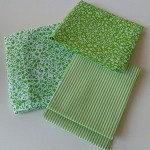 The first thing to do was choose my material. This did take a while trying out different colour combinations. But eventually I decided on green as the colours
The first thing to do was choose my material. This did take a while trying out different colour combinations. But eventually I decided on green as the colours 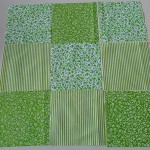 looked fresh and lively together. Dreading the cutting out, and remembering how long it used to take, I found out that cutting out is now done with a rotary cutter! After a little bit of practice I got going and within a few minutes my squares were perfectly cut and ready to sew together!
looked fresh and lively together. Dreading the cutting out, and remembering how long it used to take, I found out that cutting out is now done with a rotary cutter! After a little bit of practice I got going and within a few minutes my squares were perfectly cut and ready to sew together!
This is the point at which I needed to work out how patchwork fits into quilting and what actually is quilting. Quilting is stitching together three layers of fabric. The bottom layer is underneath the quilt so is not generally on view, the middle layer is the wadding and the top layer is normally made up of patchwork blocks with a border. The three layers are stiched together and the stitches form a decorative pattern. This still left appliqué to be explained but more on that later.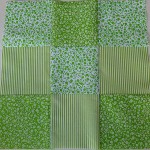
The patchwork squares were pinned together and then quickly and easily stitched together on the machine without tacking. With memories of the tortoise now 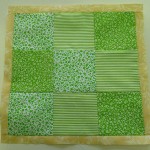 firmly forgotten it was onto choosing a border for the patchwork block. Having chosen the colours, strips of material were cut using the rotary cutter and these were sewn onto the edge of the patchwork block.
firmly forgotten it was onto choosing a border for the patchwork block. Having chosen the colours, strips of material were cut using the rotary cutter and these were sewn onto the edge of the patchwork block.
Once both borders were attached it was appliqué time. Appliqué is sewing a piece of fabric onto another piece of fabric and this is often done using a Bondaweb. Bondaweb helps stick both fabrics in place while you machine stitch around the outline of the fabric to permanently hold it. I decided to appliqué a cat and, after outlining it, used additional stitching to add some further detail to it. For a quick tutorial on using Bondaweb have a look at our blog post on it.
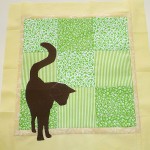 Next it was the time to cut the back material and the wadding. The three layers then have to be secured together so that the layers do not move when you are quilting them together. I used a great little gadget called a Micro Stitch for this. The three layers were then stitched together
Next it was the time to cut the back material and the wadding. The three layers then have to be secured together so that the layers do not move when you are quilting them together. I used a great little gadget called a Micro Stitch for this. The three layers were then stitched together 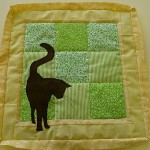 on the machine. I followed the lines of the patchwork squares and the first border to do this.
on the machine. I followed the lines of the patchwork squares and the first border to do this.
The final step was to cut and add the bias binding to edge the quilt. The binding was made from cutting stripes of fabric and sewing them together to make a length that would go around the edge of the quilt. These were them machine stitched to the front of the quilt and hand stitched to the back of the quilt.
My quilt was finished and now hangs on the wall at Crafts Bee. Once you know the basics you start to think about all the wonderful things you can make using these techniques. As well as a full blown quilt for your bed, a smaller one as a present for a child, use patchwork to make a bag or appliqué to decorate clothes or a bag.
The answer to the question can a beginner quilt and is it a good second class is definitely yes! If you want to have a go yourself come along to one of our Quilting classes.
So the question is what to make next. There is an idea brewing for using patchwork and appliqué to make a cushion… Watch this space.
The finshed quilt.
